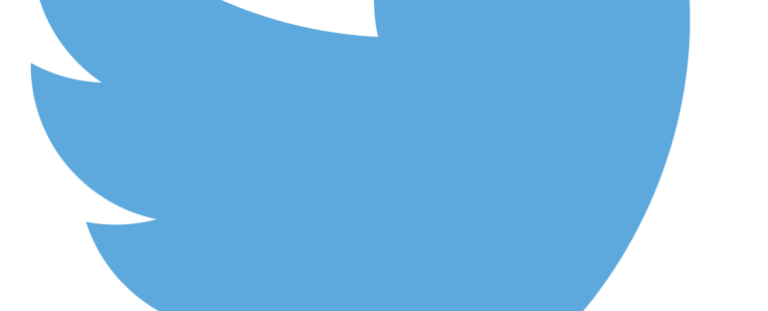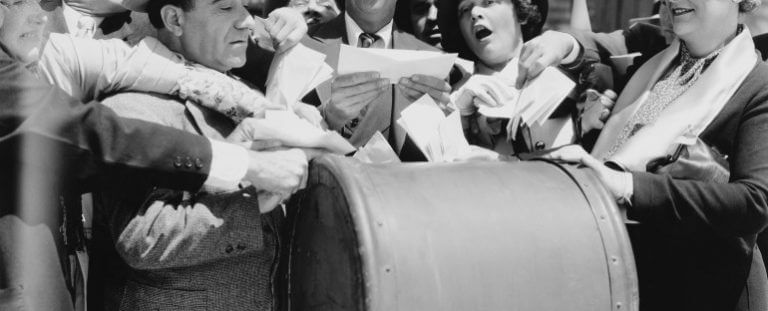Getting the Most Out of Social Media Analytics
Many people are intimidated by terms like “analytics” and “optimization.” The process of learning how to use these tools to boost the reach of your content and advertising campaigns can be a tricky one, and for those accustomed to print, radio, or television marketing, navigating the world of web and social media marketing can be a challenge!
Your analytics don’t have to be a mystery, though. Whether you become an expert yourself or just want to be able to get brief glimpses of what’s going on behind the scenes now and then while a professional helps you understand it in depth, there are many tools available to help you!
What Info Does Social Media Analytics Provide?
Today, we’ll talk about two major social media platforms that have included native analytics tools in their systems. Both Twitter and Facebook Pages have enabled users to view analytics information for their posts without adding outside code or tools. The heart of the information is similar: in both cases, the goal is to provide you with information about the reach of individual posts. On Twitter’s native analytics page, this includes “impressions,” or the number of people who saw the tweet, “engagements,” or the number of users who replied or re-tweeted your tweet, and an engagement rate, measured in percentage, which tells you how many of the users who saw the tweet also interacted with it. Twitter includes a useful guide for understanding your tweet activity reports here.
On Facebook, your post analytics will be listed under your Page Insights. These include the number of likes a post received, the number of people who saw the post (labeled “reach”), and the number of individuals who liked, commented on, or shared a post (labeled “engagement”). In both cases these are displayed both as numbers and using visual bars to help you compare posts at a glance. For more on reach vs. engagement on Facebook, there’s a useful guide available on Social Media Today.
Twitter’s native analytic information also includes:
- Visual representation of your activity over time, in a bar graph that can reflect days, weeks, or months,
- Visual representation of engagement over time, including likes, retweets, replies, and link clicks.
Because they have access to more in-depth information about their users, Facebook’s native page analytics include more detail than Twitter’s. For example, Facebook’s native analytics include:
- Visual representation of your overall activity in different time breakdowns,
- Similar charts to provide visual overview of likes, reach, and engagement,
- Full demographic breakdowns of your community, including information about race, age, gender, location, and language.
How Can This Info Help My Marketing?
Careful use of this data can help you plan your content, advertising plans, and other activities. Using Facebook’s advanced analytics and advertising options, it’s possible to target your paid advertisements on their platform geographically and demographically. Yes you can focus on people who just got a promotion – pretty powerful demographics! Go Facebook! You can also use the post analytics to determine which post types are most effective for your goals (whether you’re hoping for more link clicks or more conversations), as well as which days and times your content is reaching the most people. This can also help guide you as to whether and when you might consider “boosting” your posts to help add to their organic reach.
While Twitter’s information is more limited, it does provide some guidance as to which of your posts have been most effective, which can help you tailor the types of content you use and which tags you include to help your posts reach the maximum number of people who will engage most actively.
Learning the most effective ways to use these tools can take time and practice, but as part of an effective marketing plan, they can provide you with information to help you reach your benchmarks on your way to your goals! Many social media packages offered by The Marketing Girl include advanced analytics reports and content strategies to help you optimize your social media campaigns! Contact us today!








